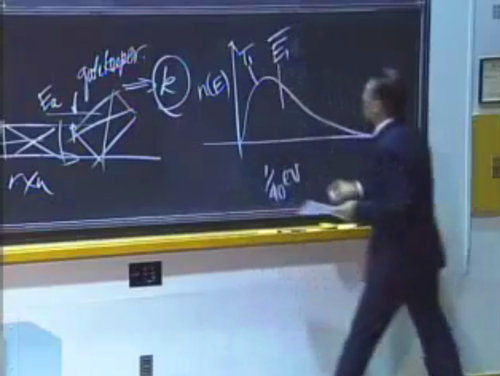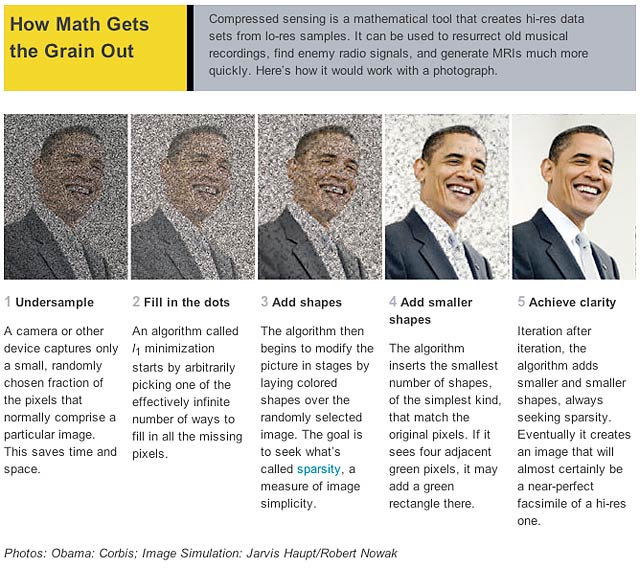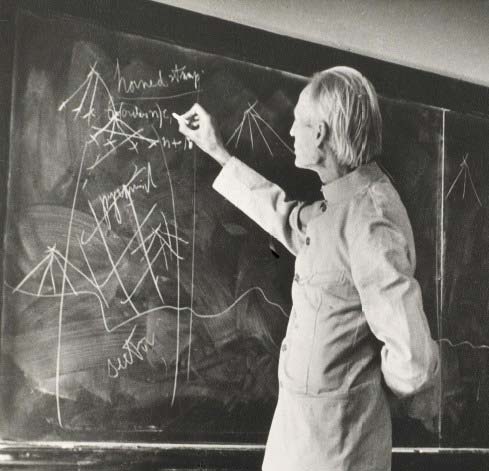She’ll do no jugglywuggly with her war souvenir postcards to help to build me murial, tippers! I’ll trip your traps!
During World War II, Allied forces readily admitted German tanks were superior to their own. The big question for Allied forces, then, was how many tanks Germany was producing. Knowing that would help them counter the threat. Here’s how they reverse-engineered serial numbers to find out.
To solve the problem of determining production numbers, Allied forces initially tried conventional intelligence gathering: spying, intercepting and decoding transmissions and interrogating captured enemies.
Using these methods, the Allies deduced that the German military industrial complex churned out around 1,400 tanks each month from June 1940 through September 1942. That just didn’t seem right.
To put that number in context, Axis forces used 1,200 tanks during the Battle of Stalingrad, an eight month battle that resulted in almost two million casualties. That meant the estimate of 1,400 most likely was too high.
Obviously skeptical of that result, the Allies looked for other methods of estimation. That’s when they found a critical clue: serial numbers.
Allied intelligence noticed each captured tank had a unique serial number. With careful observation, the Allies were able to determine the serial numbers had a pattern denoting the order of tank production. Using this data, the Allies created a mathematical model to determine the rate of German tank production. They used it to estimate that the Germans produced 255 tanks per month between the summer of 1940 and the fall of 1942.
Turns out the serial-number methodology was spot on. After the war, internal German data put der Führer’s production at 256 tanks per month—one more than the estimate.























